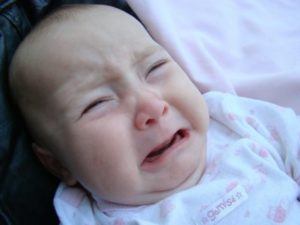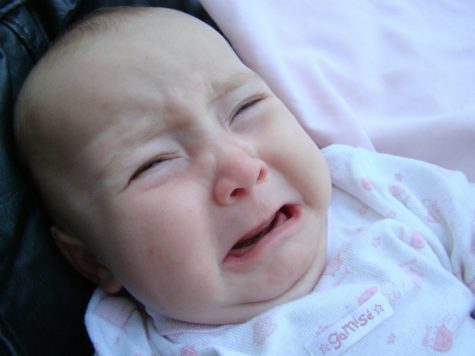WARWICK, England — The amount of time that your infant cries on a daily basis may have something to do with the country you live in, a new study finds.
Researchers at the University of Warwick in the United Kingdom performed a meta-analysis on data collected from previous studies that had looked at over 8,700 infants, all of whom were less than 12 weeks old.

It was found that babies in the countries examined, on average, cry for about two hours a day during their first two weeks of life; this figure increases to two hours and fifteen minutes at week six; before decreasing to one hour and ten minutes by week 12.
Of course, these figures vary by nation.
Infants in the UK, the Netherlands, Canada, and Italy were found to cry the most. Infants in Denmark, Germany, and Japan, on the other hand, cried the least.
That said, the UK had the second highest rate of infants who were afflicted by colic— defined as crying more than three hours a day, at least three days a week— at any given time.
Twenty-eight percent of babies in the UK experienced colic at one to two weeks of age; the only group of babies examined who experienced higher colic rates were three-to-four-week-old Canadian babies at 34.1%.
Italian babies at eight to nine weeks of age also had high colic rates, while German and Danish babies at three to four weeks exhibited the lowest rates, at 6.7% and 5.5%, respectively.
Since levels of crying can vary depending on geography and culture, perhaps further research could be done into examining “cultures where there is less crying and whether this may be due to parenting or other factors relating to pregnancy experiences or genetics,” says lead researcher Dieter Wolke in a university news release.
“The new chart of normal fuss/cry amounts in babies across industrialised countries will help health professionals to reassure parents whether a baby is crying within the normal expected range in the first 3 months or shows excessive crying which may require further evaluation and extra support for the parents,” adds Wolke, who works in the university’s Department of Psychology and the Warwick Medical School.
Wolke also created the world’s first universal charts to alert parents as to normal amount of crying in babies during the first three months.
The study’s findings were published in The Journal of Pediatrics.

I wonder what the rate of breastfeeding is in these same countries?